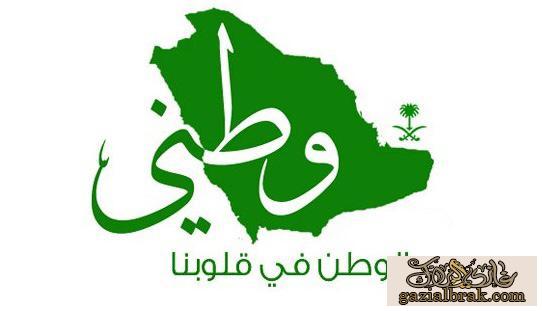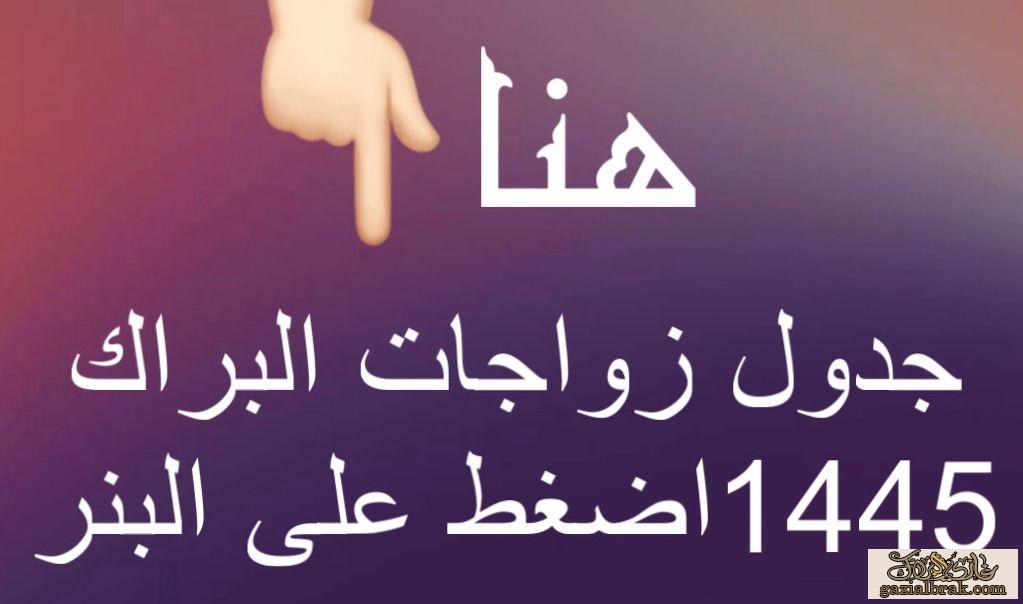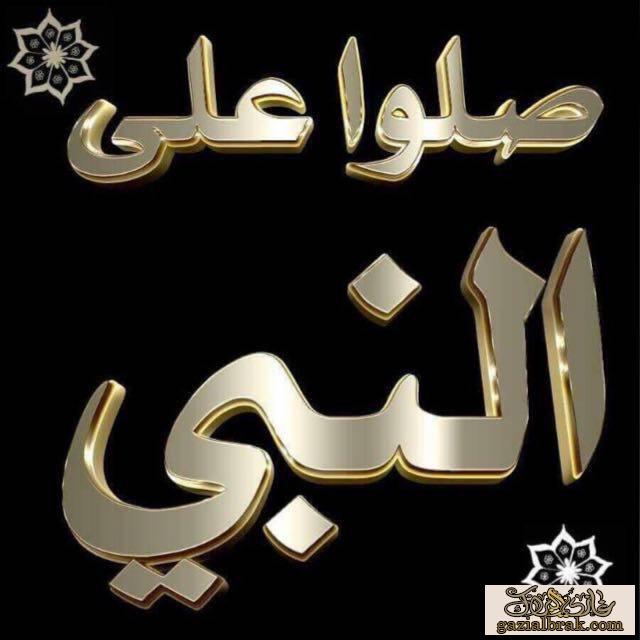طبعا هذا المقال نشر عام 1992
Sheeb Journal; For Bedouins of Africa, Sands Are Running Out
Sheeb Journal; For Bedouins of Africa, Sands Are Running Out
By JANE PERLEZ
Published: March 05, 1992
SIGN IN TO E-MAIL
PRINT
SINGLE-PAGE
In the sands of the Red Sea coast, Hamida Mohammed, who is 18 years old, displayed all the regalia of her recent marriage: elaborate gold bracelets on each wrist, a heavy steel watch and an ornate, metallic threaded mask that revealed only her eyes during the three days of her wedding feast.
Like all the women gathered in her tent of woven goat hair, Mrs. Hamida has worn a veil that covers her mouth since she was 5. She was circumcised at 7, and as the first wife of her 22-year-old husband she takes it for granted he will take one or two more.
Mrs. Hamida is a member of the nomadic Rashaida tribe, strict practitioners of Islam, who sailed to the African side of the Red Sea from Saudi Arabia about 200 years ago.
There are perhaps 50,000 members of the tribe here in Eritrea, a province of Ethiopia that is seeking formal independence. The Rashaida have remained a piece of untouched Bedouin Arabia in Africa. Like their Rashaida relatives and other Bedouin tribes who stayed in Saudi Arabia, they clung to their Muslim faith, kept their Arabic ******** and thrived from their wanderings, using camels to transport contraband. Land for Settlement
But now the nomadic life is coming to an end as they, like so many other nomads in Africa, succumb to pressure to settle in permanent places. Across the stretch of desert south of the Sahara, governments, trying to relieve the effects of cyclical drought, are insisting that nomads become integrated into sedentary life.
The new Government in Eritrea, which won a 30-year war of independence against Ethiopia last year, is also asking the Rashaida to transform themselves. A slab of land has been set aside near Sheeb (pronounced sheb), a village more than 35 miles northwest of Massawa, for the Rashaida people of the region to settle. The idea is to provide schools and health clinics for a people who have never known such things.
In the face of this change, the Rashaida, with varying degrees of success, are trying to retain their distinctive ways.
"We are as strict with our culture as before," said Said Saleh, a 50-year-old chief, his head swathed in a white turban and his body garbed in sand-flecked white.
This is particularly true as it applies to women.
When the Rashaida arrived in Eritrea, the women wore the traditional ankle-length red skirts appliqued in patterns of yellow and green of Saudi Arabia. Their veils, even for everyday chores like goat and sheep herding in the desert, were finely embroidered with metallic thread.
The dress code is still adhered to -- the elaborate styles are sewn at Port Sudan and Kassala in the Sudan, where the Rashaida who first came to Eritrea have spread, Mr. Said said. These days, it is not unusual to see Rashaida women in costumes that in Western eyes seem fit for a ball, astride a camel or walking barefoot in the desert amid a crush of goats.
Mr. Said said it was still the practice to try to get girls married as young teen-agers.
"We try to make them marry at 15, so they are not tempted to get pregnant," he said. "If a daughter gets pregnant in the bush, we kill her. If we meet a Tigrayan man playing with one of our women, we take a knife and kill him." He was referring to a member of a neighboring tribe.
Indeed, the Rashaida believe it was the splendor of their women that resulted in many of them migrating from Saudi Arabia to the coast of Eritrea.
According to the legend, a Saudi leader wanted a beautiful Rashaida girl for marriage, but the Rashaida, refusing "to mix their race," said Mr. Said, fled in the night across the sea to Eritrea. Without knowing the precise date, Mr. Said said they arrived on the Eritrean coast in the latter part of the Turkish occupation, from 1527 to 1865. The Tent Stays Unmoved
The women explain their observance of the veil in terms of beauty, not the Islamic religion. "We feel you are more beautiful when you wear a veil," Mrs. Hamida said. "When we are 5 years old we ask our mothers if we can be veiled so we can be like them."
The price of beauty comes high. Men are taking fewer wives these days because of the cost, Mr. Said said. An expected bride price was about 40,000 birr (about $7,000) in cash and several camels for the parents, as well as jewelry, a wedding outfit for the bride and a three-day ceremonial feast. On the last night of the feast, Mrs. Hamida, who had never met her husband before her arranged marriage, was allowed to sleep with him, she said.
While the social rituals are still strong, the effects of settlement on other aspects of Rashaida life are clear. For more than a year, Mrs. Hamida and her extended family have not moved their tent but rather stayed put, as a way of qualifying for the food aid the Government is offering in the drought.
Subtle signs of cultural transition pervaded Mrs. Hamida's tent. Instead of containers of camel milk, depleted sacks of corn, marked as foreign aid, lay near the fire. Modern vinyl suitcases competed for space with hide saddle bags, which used to be draped on either side of a pack camel for long journeys.
And while Mrs. Hamida was resplendent in valuable gold bracelets, many other women were almost bare of traditional jewelry, which had been sold to compensate for the lost earnings from their disappearing nomadic trade.
الترجمه باختصار تحكي الكاتبه قصة زواج لفتاه من قبيلة بني رشيد وان زوج الفتاه عمره 22 سنه وتصف الفتاه بانها تلبس الحجاب الذي يغطي حتيًفمها منذ ان كان عمرها سبع سنوات وعمرها الان 18وهذه القصه كانت علي احد ضفاف البحر الاحمر ارتيريا طبعا
تتكلم الكاتبه عن السيده حميده وانها تنتمي لقبيلة بني رشيد القبيله البدويه التي تطبق الاسلام بكل حذافيره والتي قدر لهذه القبيله ان ابحرت الي الجانب الافريقي قادمه من المملكه العربيه السعوديه قبل حوالي200 سنه
كما تقول الكاتبه ان هنالك حوالي50000 نسمه من قبيلة الرشايده يقطنون اريتيريا وماقطعه من اثيوبيا وقد حاولوا مرارا ان يحصلوا عليً الاستقلال الرسمي
وظلت قبيلة الرشايده متمسكه بعاداتها وطبيعتها البدويه والتمسك باللغه العربيه في ارتيريا حالها حال ااقبايل البدويه التي بقيت في السعوديه وغيرها كما كانوا متمسكين جدا بتعاليم الدين الاسلامي بحذافيره
كما حاولت الحكومه الجديده الحائزه ع الاستقلال ان توفر المدارس والمستشفيات لقبيلة الرشايدهوفي مواجهة هذا التغيير تحاول الرشايدة، بدرجات متفاوتة من النجاح، الاحتفاظ بطرقهم المميزة
كما يصف التقرير وصول الرشايده لارتيريا حيث كانت النساء ترتدي التنانير الطويله كاللبس التقليدي للمملكه العربيه السعوديه كما لازال الاحتفاظ باللبس ضمن العادات والتقاليد كما في الرشايده في السودان
كما يتكلم التقرير علي لسان احد ابناء القبيله بقوله انه لو رأي اي شخص من خارج القبيله يقترب من ديارهم او نساؤهم فمصيره حتما الموت
تقول الكاتبه علي لسان سعيد وهو احد افراد قبيلة الرشايده ان مقياس الجمال لدينا لدي فتيات الرشايده هو تمسكها بالحجاب كلما تمسكت بالحجاب زاد جمالها بنظرنا علما بان العادات لابد للفتاه ان تلبس الحجاب من سن خمس سنين
كمافصل التقرير طريقة الزواج حيث يكلف تقريبا7000 دولار بالاضافه للمجهورات الثمينه وبالاضافه الي اهداء والدي العروس الإبل وتكون مدة الزواج ثلاثة ايام
كما يتكلم التقرير عن طقوس الرشايده الاجتماعيه وانهم مترابطين ويساعد بعضهم البعض ....انتهى
طبعا حاولت اختصر الموضوع لانه كان طويل شوي ولكن مجملا التقرير كان يتحدث عن تمسك الرشايده بعاداتهم وتقاليدهم البدويه والتمسك بالدين الاسلامي فكانوا لهم الاثر في انتشاره والتمسك باللغه العربيه البدويه
علما بان هنالك تقرير وجد 2008 تقريبا عن قبيلة بني رشيد في نفس الصحيفه سوف ينزل ان شاءالله لاحقا ووجد العديد من التقارير سوف تسرد لاحقا
[COLOR="Black"]
رابط الموضوع علي صحيفة نييورك تايمز
http://www.nytimes.com/1992/03/05/wo...ut.html?src=pm
تقبلوا فائق تحياتي
عادل خضير الذيابي






 حاصل على ترخيص من وزارة الثقافه والاعلام السعودي
حاصل على ترخيص من وزارة الثقافه والاعلام السعودي








 آخر 10 مشاركات
آخر 10 مشاركات


 المواضيع المتشابهه
المواضيع المتشابهه


